An amazing discovery has been made by a Spanish-Italian archaeological team in Egypt – an ancient reproduction of the mythical Tomb of Osiris, the god of the dead in Egyptian mythology, was found in the necropolis of Sheikh Abd el-Qurna, on the West Bank at Thebes.
The tomb complex is a huge multi-level structure which includes numerous chambers and shafts. It consists of a massive hall hold together by five pillars and has a staircase leading down to the funerary complex adorned with the carvings of Osiris. The funerary room also has the reliefs of demons brandishing knives, which, according to the archeological team, were placed there to guard the body of the deceased.
The tomb is constructed around the emerald statue of the god, which is located in a central vaulted chapel and faces a staircase with a 29.5 foot long shaft cut into it. This shaft leads to another empty chamber, which, in turn, has another, 19.6 feet long shaft connecting to two other rooms. Here is a sketch showing the entire structure of the tomb of Osiris:
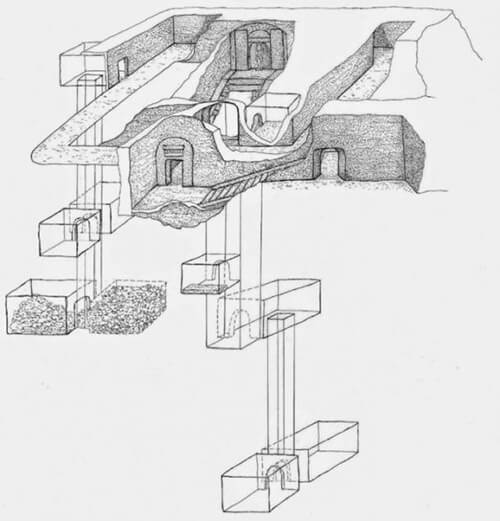
The researchers consider that the ancient tomb was built between 760 BC and 525 BC, date corresponding to the period of the rule of the 25th dynasty (760 – 656 BC) and the 26th dynasty (672 – 525 BC). This estimation is mostly based on the architectural similarity of the newly discovered tomb with another funeral complex devoted to Osiris – the so-called Osireion located in the city of Abydos, Luxor.
According to an article written in Luxor Times Magazine, the Osirian symbolism is very clear in this ancient tomb, which contains “a big staircase of 3.5 meter long with a 4 meter high ceiling at the bottom leading to the Netherworld and another one leading directly to the Osiris statue, which is therefore at a higher level and ideally isolated on ‘his island’; the Osiris statue itself; the empty corridor surrounding it which symbolizes the channel of water (see Osireion in Abydos); the expected burial chamber below the statue, thus identifying the deceased with Osiris.
In 1887, the tomb complex was partly discovered by Philippe Virey, but it was unearthed to its full extent only recently. The archaeology team plans to continue the exploration of the timeworn funerary complex at the beginning of 2016. (via themindunleashed.org)
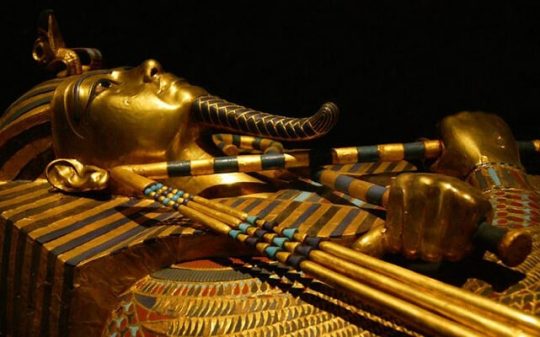
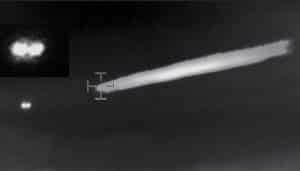



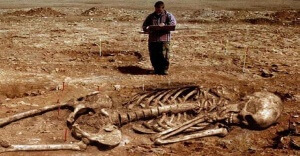


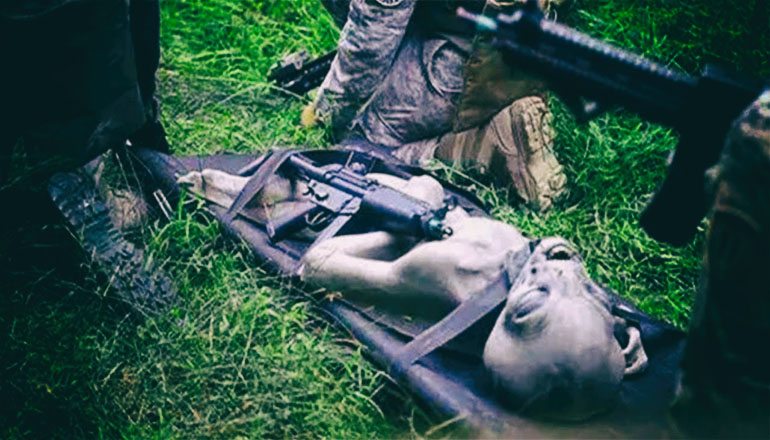

Trackbacks/Pingbacks